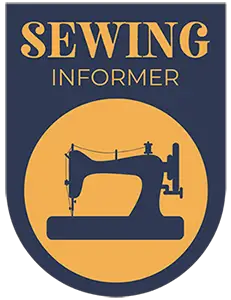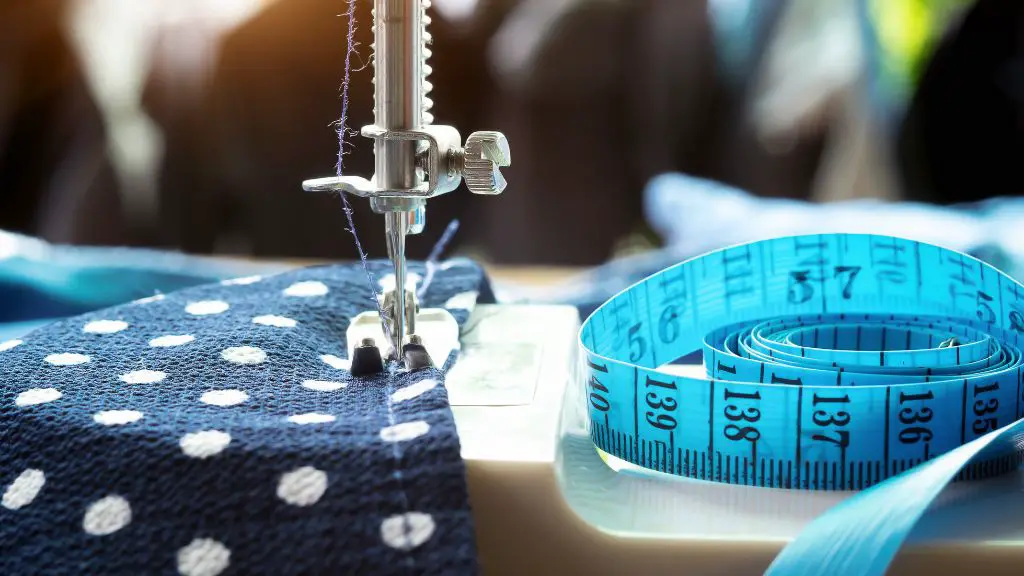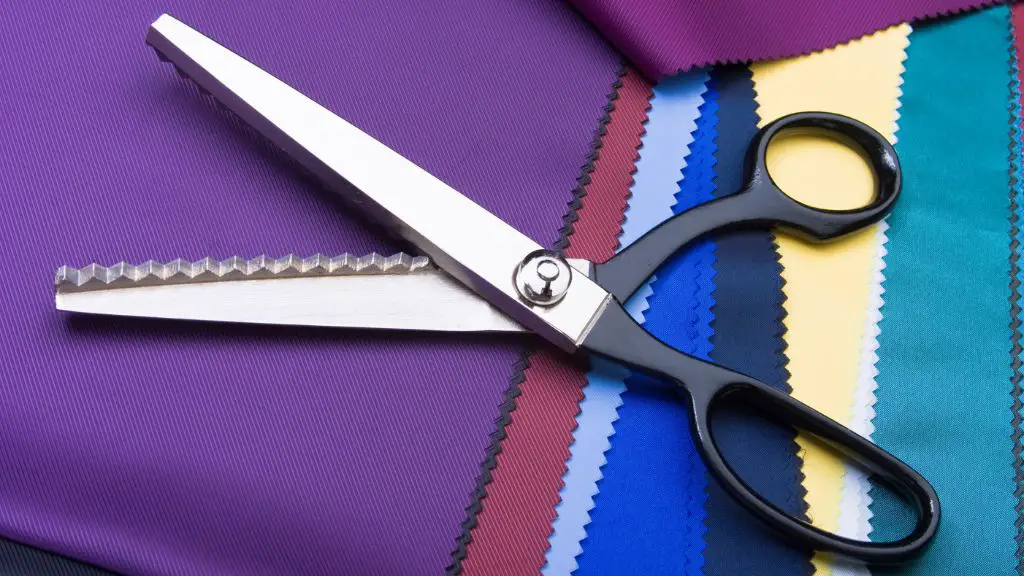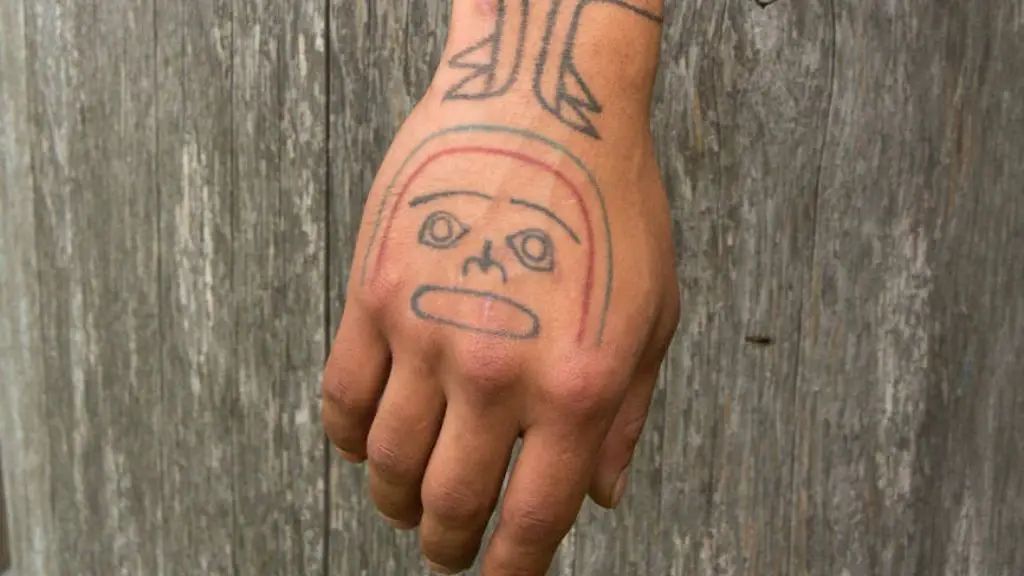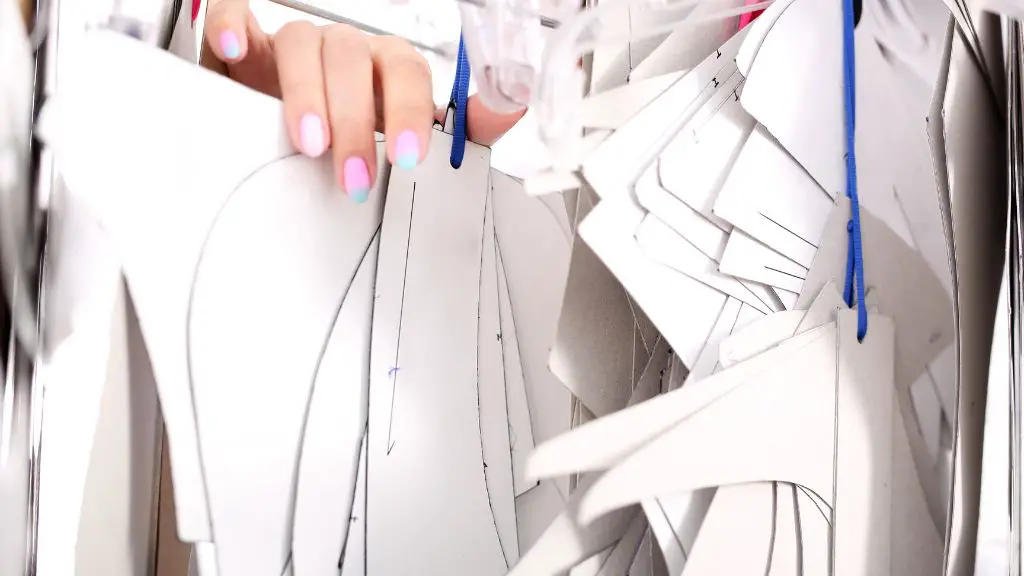One common complaint with sewing machines is the machine swallowing the fabric. Well, the machine doesn’t really “eat” fabric. Rather, the fabric will be getting stuck underneath the presser foot and might even ruin it if you try to force it out.
There are quite a few reasons for your sewing machine eating your fabric while sewing. Some of these include dirty machines, incorrect threading, wrong needs, type of material, or the feed dogs being in a down position.
All these reasons will be discussed in detail and we’ll proffer suggestions for how you can resolve them. Also, we’ll talk about best practices you can have with using your sewing machine to prevent any such issues.
Reasons For Sewing Machine eating fabrics
Almost all of us have been there. Sewing with a sewing machine and our fabric suddenly disappearing into the depths of the machine. What could cause this? For people new to sewing, this is unfathomable. Why would fabric go into the machine rather than be stitched? Well, there are multiple reasons for this.
Incorrect Threading
Even for very experienced users of sewing machines, you can always make a mistake when threading. Incorrect threading makes the thread gets tangled up in the bobbin and upper areas. This might lead to a situation where the needle goes down and pushes down the fabric but the fabric doesn’t come back up because of the tangled thread.
The fabric material is very fine or flimsy
Using the right needle will go a long way towards preventing your fabric from getting stuck under the presser foot. But this doesn’t work with all fabrics. If the fabric material is stretchy, slippery, or very fine, it will still get stuck just because of its inherent features.
Wrong Stitch Length
A stitch length that is too short can make the fabric bunch up while stitching. It then becomes caught underneath the presser foot. While some fabrics can be sewn using short stitch lengths, some other fabrics don’t allow it and trying it will lead to issues as mentioned.
Incompatible needles
Every fabric has the type of needles that work best with them. If you use heavy needles for a fabric that doesn’t need it, the tension will push the fabric down and it might get stuck in the hole under the presser foot.
The needle is damaged
This is similar to the point about incompatible needles. A Needle that is even slightly damaged or bent can make the fabric get bunched up underneath the presser foot.
Feed dogs are down
In some machines, the feed dogs become loose and have to be tightened at intervals. Also if you have been doing a project that required the feed dogs to be lowered and you forgot to raise it back, this might lead to the fabric getting stuck under the presser foot as there won’t be the feed dogs to raise it back up.
Dirty Machine
Besides the previously mentioned points, a dirty sewing machine can lead to clogging in sensitive parts of the machine. This eventually leads to incorrect stitching that can cause your fabric to bunch up under the presser foot and stuck to the machine.
How to resolve each problem
As we now know the root causes of fabric getting stuck in the machine, we can now look at possible solutions.
Check your needle and change if need be:
Do a close examination of the needle as it might be a cause of the issue. If the examination shows that there might be even a slight defect with the machine, change it immediately.
Increase the stitch length:
As seen previously, a stitch length that is too short can lead to the fabric getting stuck under the presser fool. Check the optimum stitch length of the fabric you are working on to know if the stitch length is the problem. If you discover that the length you are using is below the required minimum, increase the stitching length with the knob dedicated for the task on your sewing machine.
Check the thread and rethread if need be:
Open your bobbin cover to check if the threading is alright. If you notice that the thread isn’t properly sorted, pull the whole thread loose and ensure that there are no thread pieces left behind. Restart the whole threading process and try a test seam on a piece of scrap fabric to ensure that the threading was well done.
Raise the feed dogs:
Raise the presser foot and turn the handwheel. Observe if the feed dogs are rising to the required level. If they are not, check the guide that comes with your sewing machine on how you can raise it back to the desired level.
Adjust the sewing method with fine fabrics:
One of the things you can try if the fabric you are working on is very fine is to avoid sewing too close to the edge. Also, try sewing at a slower speed. Some machines have a choice of presser feet that could provide greater stability for such fabrics. Trying a straight-stitch or quilting foot may also help to a point.
Place tissue paper under the fabric:
If the fabric you are working on is a particularly fine one, placing tissue paper underneath could be a solution if it keeps getting stuck under the needle place. Tissue paper tears easily so it won’t be an issue getting it back out when you are done.
Clean your machine:
Take out the bobbin compartment and remove all debris. Ensure that you remove all last traces of dirt and foreign objects and also check other parts of the machine for these objects. While at it, add grease or any other lubrication to the moving parts as lack of lubrication could also be a source of these little issues.
If they still don’t work, you should try one last resort of checking online for people that have faced similar issues. They might have solutions for you that have somehow evaded us while putting this together.
You can do all of these by yourself. However, if the problem persists, you’ll need to contact professional help. For the best result, contact the customer service of your sewing machine’s manufacturer for advice or how they can help.
Best Practices with using sewing machines
Some habits are always helpful for owners of sewing machines. These will ensure that you don’t run into the numerous minor problems that arise from not taking care of the machine properly. Some of the things you should always keep in mind are:
Test of fabric sample before starting main stitching:
If you are not sure that the machine will work perfectly, use a piece of fabric to do a test stitch before doing the proper work. This will ensure that it doesn’t ruin your fabric if it has issues and you’ll be able to resolve the issues first.
Always Use A Fine Needle:
While this might seem obvious, you should always hold the point important. A needle that is in perfect shape prevents issues like the machine eating fabric. Apart from making the quality of work very good. Asides from being in perfect shape, the needle you are using also has to be compatible with the fabric you are working on.
Clean the machine frequently:
As seen in the previous sections, a dirty sewing machine can be a recipe for disaster along the line. The best time to clean your machine was immediately after your last project. The next best time is now! Ensure that all obscure parts of the machine are rid of any unwanted objects. Also, clean the machine once in a while even if it’s unused to remove all traces of dust that could accumulate.
Lubricate your machine regularly:
As your sewing machine has some moving parts, lack of lubrication can be quite harmful to those parts. You should apply grease or any other lubrication at intervals that will depend on how often you use the machine.
Seek for servicing at intervals:
Every machine needs to be serviced every once in a while to keep it running optimally. Depending on how often you use your machine, you should consider getting a professional to help you check it once in a blue moon to ensure that there are no minor issues that could balloon up suddenly.
If you do these, your sewing machine will run well enough most of the time. That being said, there is no foolproof guide as the sewing machine can develop a fault at any time. However, you can take the chances of this happening to the bare minimum.
Conclusion
There are many reasons for your sewing machine swallowing your fabric while sewing. They include broken needles, incorrect threading, wrong stitch length, issues with feed dogs, etc. Luckily, many of these can be resolved by you going to the root of the problem to tackle it.
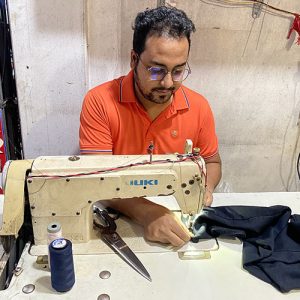
I love to sew and write! I have been doing both for many years and enjoy sharing my passion with others. I have written for both online and offline publications including Amazon and Medium, and I enjoy sewing clothes, quilts, and other items.
My writing style is engaging and lively, and I have a knack for delivering complex information in a way that is easy for everyone to follow.
